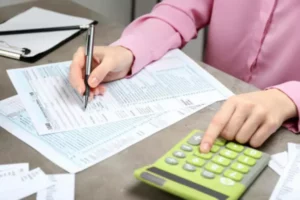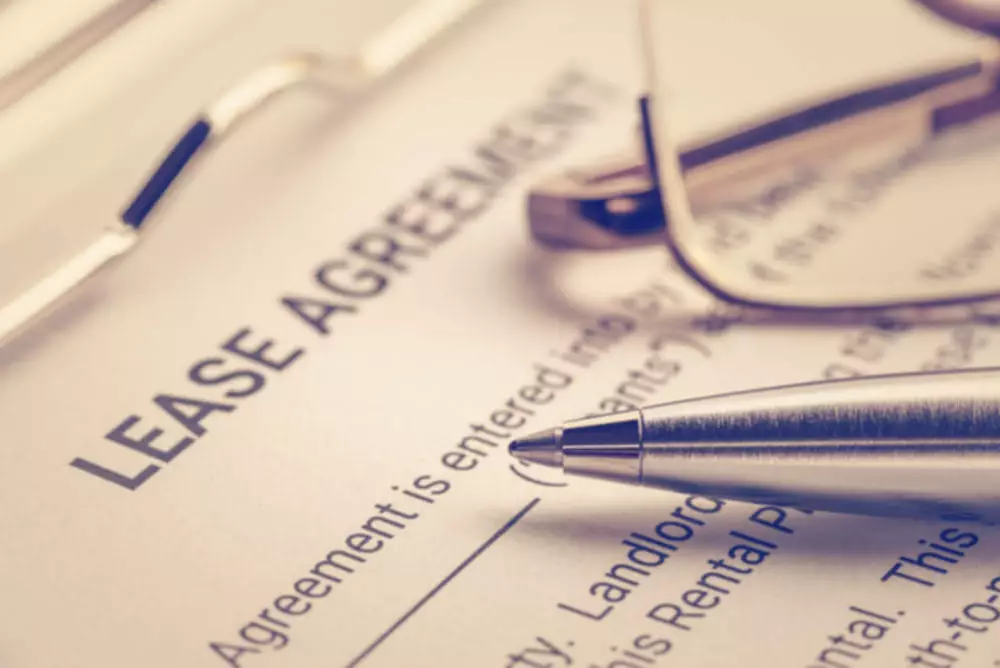Content

Balance sheet liabilities, like assets have been categorized into Current Liabilities and Long-Term Liabilities. Once your balances have been added to the correct categories, you’ll add the subtotals to arrive at your total liabilities, which are $150,000. The same principle holds for the Liabilities section, where you’ll list all current liabilities, as well as those that are long term, such as mortgages and other loans. Throughout this series of financial statements, you can download the Excel template below for free to see how Bob’s Donut Shoppe uses financial statements to evaluate the performance of his business.

Marketable debt securities, aka “short-term paper,” that mature within a year or less, such as U.S. Treasury bills and commercial paper, also count as short-term investments. Companies in a strong cash position will have a short-term investments account on their balance sheet. As a result, the company can afford to invest excess cash in stocks, bonds, or cash equivalents to earn higher interest than what would be earned from a normal savings account. A classified balance sheet presents information about an entity’s assets, liabilities, and shareholders’ equity that is aggregated (or “classified”) into subcategories of accounts. It is extremely useful to include classifications, since information is then organized into a format that is more readable than a simple listing of all the accounts that comprise a balance sheet.
What Can You Invest in With Little Money?
Amount, after allocation of valuation allowances and deferred tax liability, of deferred tax asset attributable to deductible differences and carryforwards, with jurisdictional netting. Liabilities refer to the business obligations as a result of accounting transaction taken place in past. These are also taken as sums of money that business owes to outsiders like creditors, suppliers etc. Liabilities can also be defined as present obligations arisen from past events. This interest is equal to the amount contributed plus the income left in the business.

Oftentimes, the notes will be more voluminous than the financial statements themselves. These investments are classified as “available for sale” as long as the anticipated sale date is not within the next 12 months. Available for sale long-term investments are recorded at cost when purchased and subsequently adjusted to reflect their fair values at the end of the reporting period. Unrealized holding gains or losses are kept as “other comprehensive income” until the long-term investment has been sold.
Classified Balance Sheet
Amount, after deduction of unamortized premium (discount) and debt issuance cost, of long-term debt classified as current. Sum of the carrying amounts as of the balance sheet date of all assets that are recognized. Value received from shareholders in common stock-related transactions that are in excess of par value or stated value and amounts received from other stock-related transactions. Includes only common stock transactions (excludes preferred stock transactions).
An account receivable arises when a company performs a service or sells merchandise on credit. Customers normally provide no written evidence of indebtedness on sales invoices or delivery tickets except their signatures. Notice the term net in the balance sheet of The Home Depot (Exhibit 26). This term indicates the possibility that classified balance sheet the company may not collect some of its accounts receivable. In the balance sheet, the accounts receivable amount is the sum of the individual accounts receivable from customers shown in a subsidiary ledger or file. Marketable securities are temporary investments such as short-term ownership of stocks and bonds of other companies.
Classification of Assets: Physical Existence
The ability to produce superior profits is a valuable resource of a business. Normally, companies record goodwill only at the time of purchase and then only at the price paid for it. The Home Depot has labeled its goodwill “cost in excess of the fair value of net assets acquired”.
Other current assets might include interest receivable and prepaid expenses. Interest receivable arises when a company has earned but not collected interest by the balance sheet date. Prepaid expenses include rent, insurance, and supplies that have been paid for but all the benefits have not yet been realized (or consumed) from these expenses. If prepaid expenses had not been paid for in advance, they would require the future disbursement of cash.
While some of the differences between unclassified and classified balance sheets are in the formatting, classified balance sheets are designed to display details. Smaller businesses typically use an unclassified balance sheet, but if you’re looking for a report that provides the same data in a more detailed format, you’ll want to prepare a classified balance sheet. Continuing with Bob and his donut shop example, we can see how his traditional balance sheet and his classified balance sheet would look at the end of his financial period, i.e. month-end. Obviously, there would be a subsidiary ledger tracking the individual stocks, which could be as simple as the brokerage statement, as long as the amounts tie to the general ledger control account (trading securities). At year-end, companies adjust the book value of trading securities (and available-for-sale securities, covered in the next section) to fair market value. Fair market value is considered to be the market price of the securities or what a buyer or seller would pay to exchange the securities.
- However, with annual operating expenses of almost $50 billion in 2019, plus cash needed for capital investments, $20 billion in the bank is not unreasonable.
- Being a long-term investor means that you are willing to accept a certain amount of risk in pursuit of potentially higher rewards and that you can afford to be patient for a longer period of time.
- The credit in the preceding entry is to the Trading Securities account so as to adjust its balance to its fair market value.
- The long-term investment account differs largely from the short-term investment account in that short-term investments will most likely be sold, whereas the long-term investments will not be sold for years and, in some cases, may never be sold.
- An operating cycle is the time it takes to start with cash, buy necessary items to produce revenues (such as materials, supplies, labor, and/or finished goods), sell services or goods, and receive cash by collecting the resulting receivables.
- Second, the management must intend to sell the security within a relatively short period, such as 12 months.
- Usually, these investments are high-quality and highly liquid assets or investment vehicles.
Note that the debit is to the Unrealized Loss on Trading Securities account. However, the loss is reported in the income statement as a deduction in arriving at net income. The credit in the preceding entry is to the Trading Securities account so as to adjust its balance to its fair market value. In addition, some companies may post the unrealized gains and losses to a contra or companion account. However, with annual operating expenses of almost $50 billion in 2019, plus cash needed for capital investments, $20 billion in the bank is not unreasonable.
When information is aggregated in this manner, a balance sheet user may find that useful information can be extracted more readily than would be the case if an overwhelming number of line items were presented. This is also taken as difference between total assets and total liabilities. This portion of the Balance sheet displays the owners’ investment, other reserves and the amount of accumulated profits or losses. The portion of equities and liabilities in a balance sheets starts with elements of equity. A classified Balance sheet is a financial statement portraying financial position of the business wherein the elements assets, liabilities and equity are classified in an expressive manner. Each balance sheet account is break down into a sub category for conveying better information.

These investments earn additional money on cash that the business does not need at present but will probably need within one year. If assets are classified based on their convertibility into cash, assets are classified as either current assets or fixed assets. An alternative expression of this concept is short-term vs. long-term assets. Classified balance sheets function like regular balance sheets in that they allow you to track liabilities, assets, and equities. However, the information is classified into subcategories of accounts for more detailed information. Designed to show what a business owns, what it owes, and what has been invested in the company, the balance sheet, like the income statement and statement of cash flow, is one of the three main financial statements.
Advantages of Short-Term Investments on Balance Sheet
On its quarterly statement dated Apr. 21, 2022, Microsoft Corp. reported holding $92.2 billion of short-term investments on its balance sheet. The biggest component was U.S. government securities, which was $78.4 billion. A balance sheet is a financial statement prepared to communicate the financial position of a business. The components of the balance sheet are assets, liabilities, and equity. The difference between the two is that for the classified balance sheet, the components are outlined showing the items that constitute the balances reported. For the unclassified balance sheet, we only show the summarized balances of the components.
- Smaller businesses typically use an unclassified balance sheet, but if you’re looking for a report that provides the same data in a more detailed format, you’ll want to prepare a classified balance sheet.
- If a company has surplus cash available and it sees a valuable investment opportunity in some other business, it can decide to buy a stake in it.
- An account receivable arises when a company performs a service or sells merchandise on credit.
There are no set criteria on how many sub-categories can be created and it will ultimately depend on what level of detail is required by the management. The two most common categories that are used in a classified balance sheet are current and long-term. Investors in common stock can use two methods to account for their investments. The purchaser’s level of ownership determines whether the investment is accounted for by (a) the cost method or (b) the equity method.
